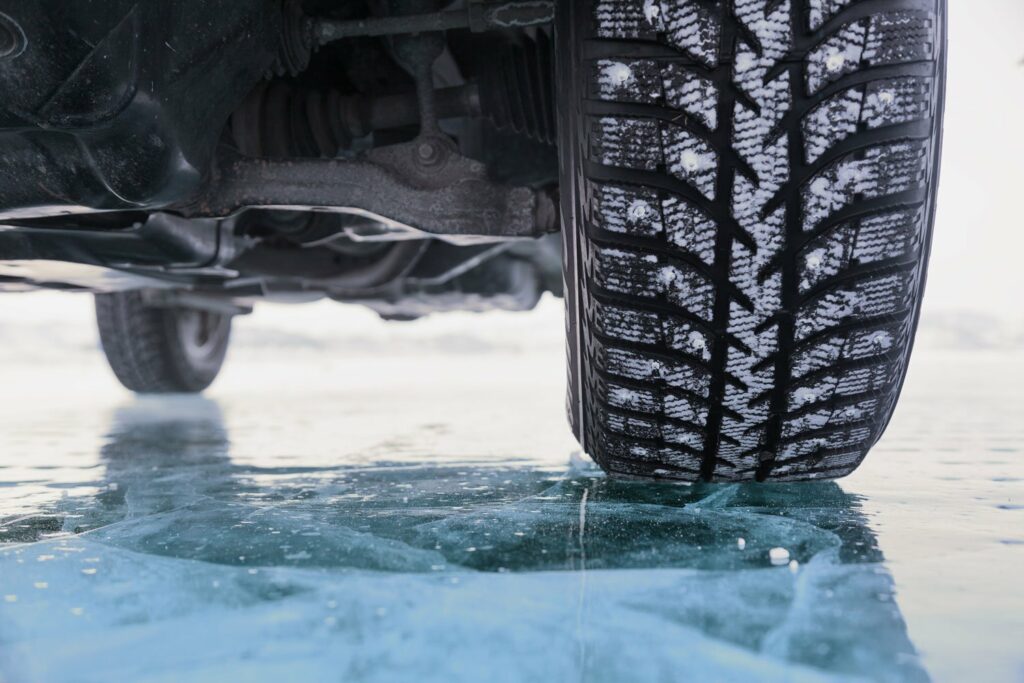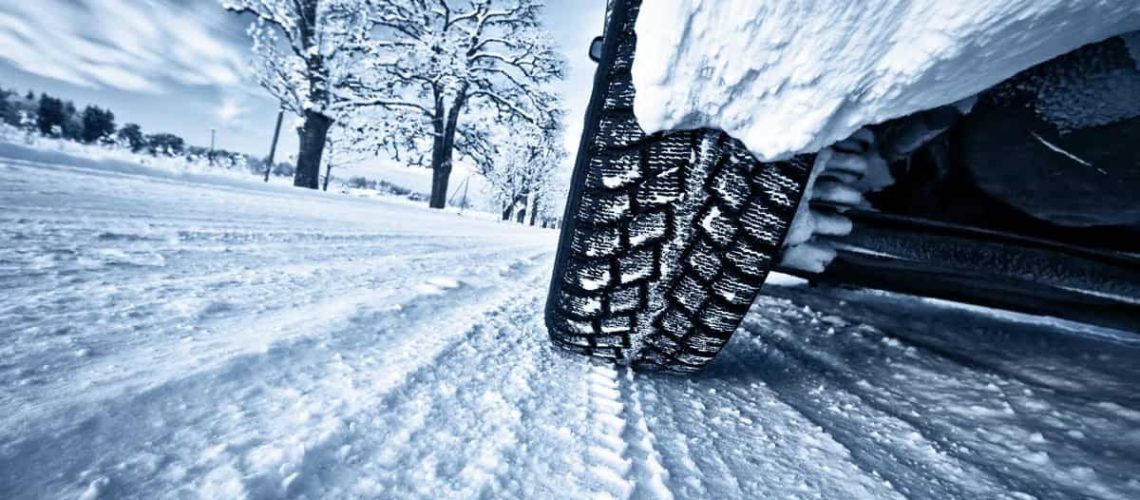
Too many people fail to winterize their vehicles for the winter. They put it off in the fall until it’s too late. Auto insurers, auto clubs, and auto mechanics all highly recommend winterizing your vehicle before the cold sets in. Most auto repair mechanics look at vehicle winterization as being just as important as getting out your coats and jackets; it is the best way to prevent a situation like having a broken down vehicle in 15 degree weather with heavy snowfall. In certain circumstances, this is a life or death situation.
There are various components of your vehicle that need special attention before the snow falls. These components need to be inspected, and if you aren’t sure what you’re doing, it’s probably best to take your vehicle to a professional mechanic. They’ll know what to do.
Components To Be Inspected
- Charging system: You need to make sure your battery is in good condition. It needs to be able to start your car in temperatures that old, warn out systems can’t withstand. The charging system needs to be functioning adequately, so make sure the battery terminals and cables are looked at, tightened, and that corrosion is cleaned off.
- Drive belts and hoses: These need to be inspected to ensure they are functioning properly and in good condition.
- Fluids: Steering, brake, transmission fluids, and engine oil should be inspected to make sure there’s enough of it, or if it needs to be changed. Don’t forget about windshield washer fluid either – it’s often used more often during the winter. Check your engine coolant level, and make sure your antifreeze is at a proper mixture of half antifreeze and water.
- Heating: The heating system should be looked at to ensure it’s in good working order, especially its windshield defrost function.
- Wiper blades: You want to make sure they are in a good enough condition to handle snow and ice. If not, replace them with windshield wiper blades specifically made for winter.
- Lighting system: The lighting system should be checked. If you have dull or broken bulbs, get them replaced. Check the tail lights, head lights, brake lights, license plate illumination light, reverse lamps, and the turn signals.
- Tires: It’s not a bad idea to replace your current tires with winter tires. These should be inflated to the recommendation of the manufacturer. The walls and tread need to be in good enough condition to drive on snow and ice without having your vehicle slide off the road. Tire pressure often drops 1 PSI with every 10 degrees Fahrenheit drop, so be sure to keep an eye on that throughout the winter.
- Braking system: Your braking system is arguably the most important aspect of your vehicle. Without it you are nothing but a danger to yourself and others. Brakes need to work properly in the winter as you travel along snow and ice. Keeping it well-maintained will also prolong your vehicles life.
If you aren’t sure how to accomplish some or any of the recommendations above (and most people aren’t!), then it’s a good idea to hire a professional mechanic to do so for you.






